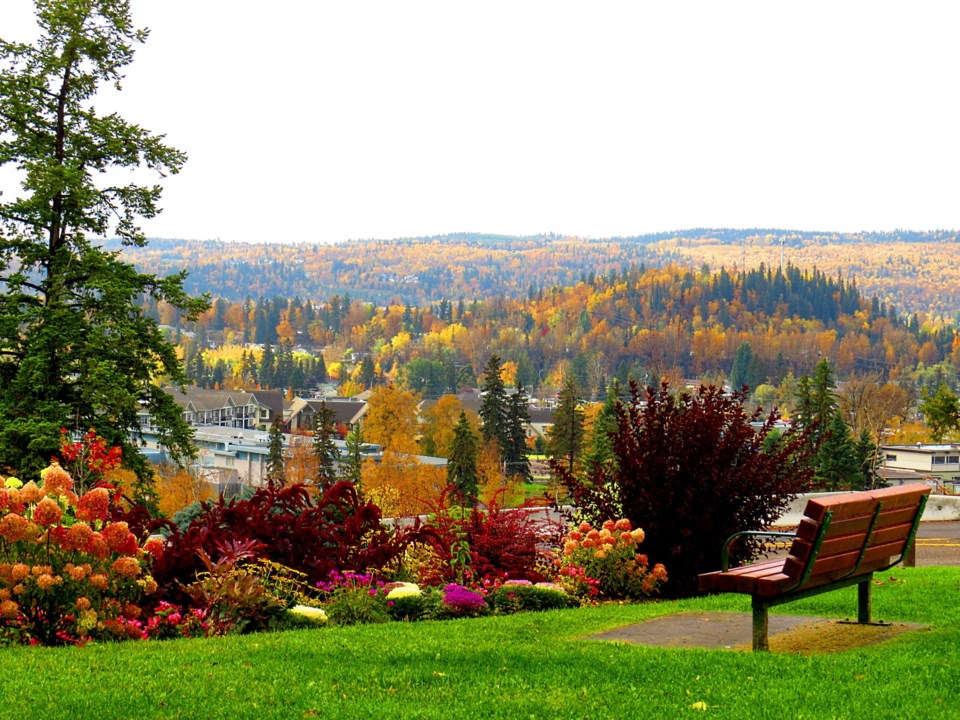Our city forests are threatened by fragmentation from suburban development and we need to change development pathways to protect biodiversity.
Fragmentation is a ubiquitous phenomenon, with nearly 20% of the world’s remaining forest now found within 100 m of an edge, 50% within 500 m and 70% within 1 km. Typically, this means that forests are separated by roads, agriculture, utility corridors, subdivisions, or other human development. It usually occurs incrementally, beginning with cleared patches here and there, perhaps a new subdivision or utility corridor and over time, these non-forested patches tend to multiply and expand until the forest is reduced to scattered, disconnected forest islands.
You can easily see this pattern of landscape change in Prince George using Google Earth. New subdivisions and other land use seriously threaten the health, function, and value of the remaining forest.
Edges become areas with increased noise and light pollution, roadkill, and human-wildlife conflict. This may cause some species to move further inland, away from habitat edges.
Edges are suitable for some species but not for others. Some species of woody plants will thrive with the extra sunlight, but other species of animals will move away from the exposed edge and further into the interior habitat, likely increasing competition for limited resources.
Edges of a forest have microclimatic changes. These include, increased wind exposure and snow loads, higher surface temperatures, and differences in humidity compared with the interior of a forest. This creates differences in the types of vegetation found at a forest edge compared with the forest interior.
Ecological studies show that true interior forest conditions, where it’s hard to hear human noise like cars and lawnmowers, and it remains cool and shady even during warm dry conditions, occur at least 60-120 m (~200-400 ft) inside the non-forest edge.
This means that a forest island surrounded by a non-forest edge would have to be at least 150 acres to include just ~10 acres of such interior forest condition and subsequent species richness. The smaller the remnant forest becomes, the greater the influence of external factors and edge effects. Vermont forester Michael Snyder likened it to ice cubes: the smaller ones melt faster. We therefore need to take the impacts of fragmentation into account when making decisions about land use and development within our city.
Dr. Tristan Pearce is the Canada Research Chair in the cumulative impacts of environmental change and an associate professor in the department of geography, earth, and environmental sciences at the University of Northern British Columbia.



